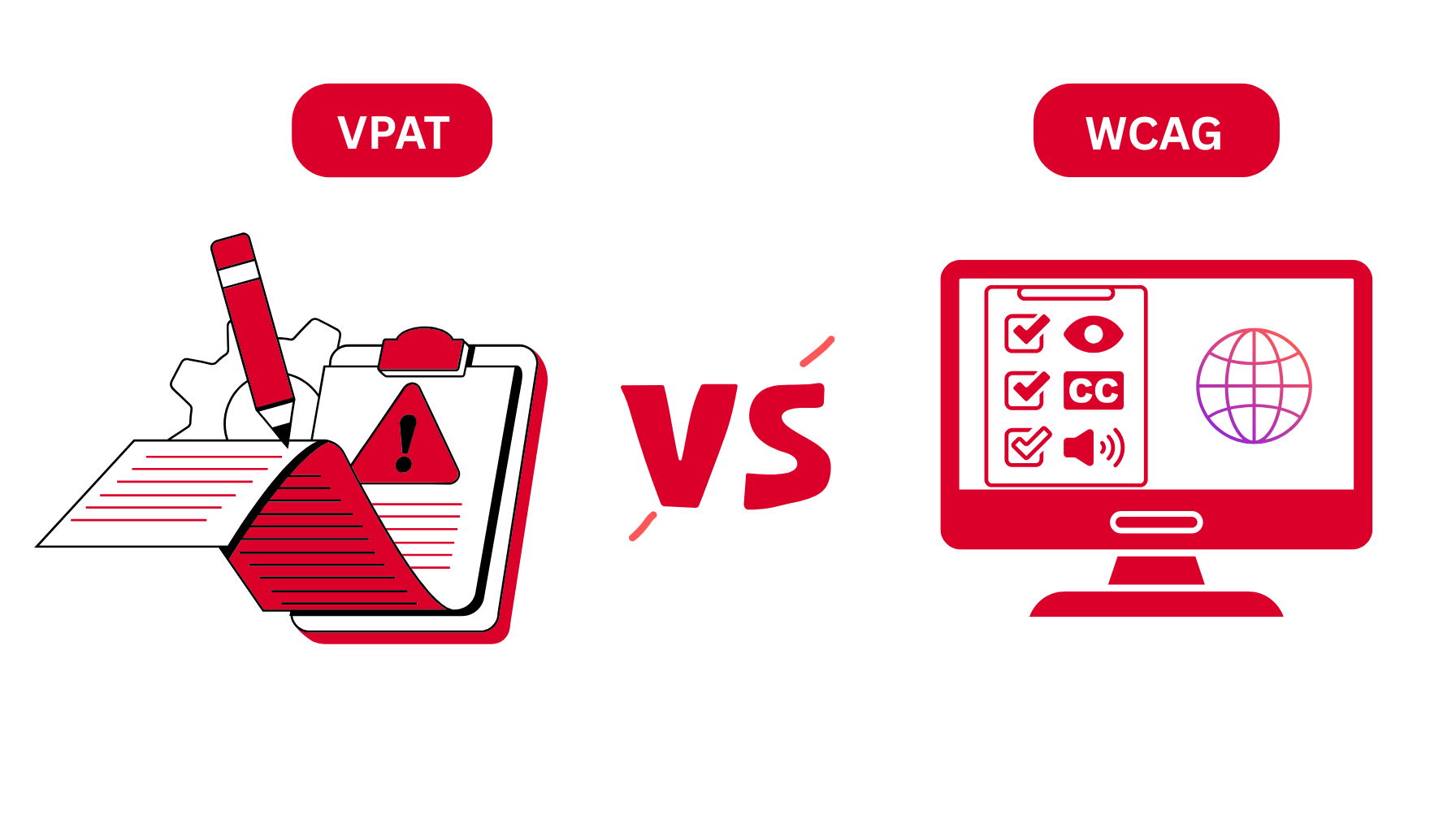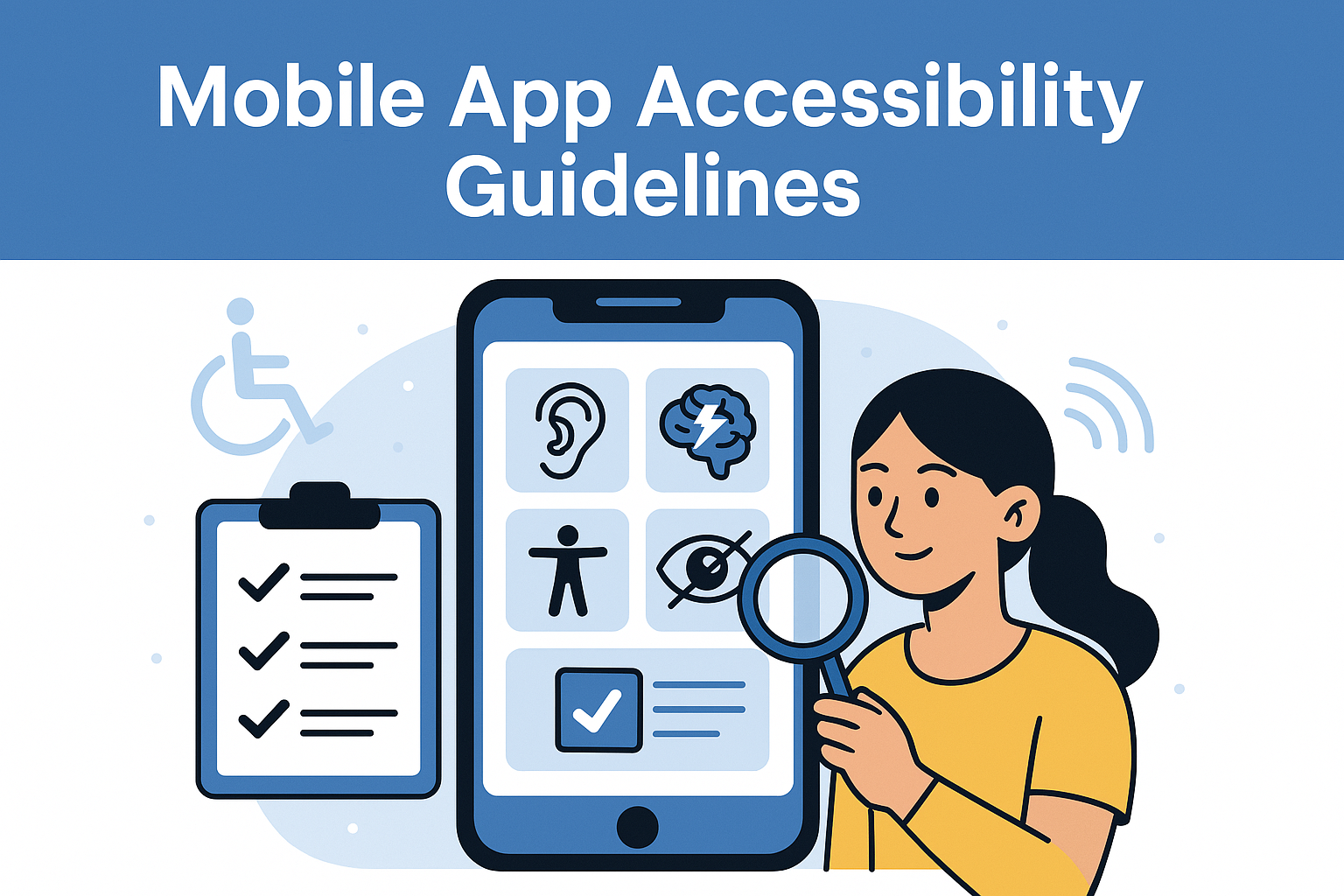
Jaclyn Pope
Jaclyn Pope is a tenacious and forward-thinking web developer dedicated to promoting digital accessibility. Her personal and professional journey illustrates a remarkable transition from adversity to empowerment, highlighting the transformative power of technology and resilience.
Background and Determination
- Education: Jaclyn embarked on a transformative journey in UX/UI Design at the University of Toronto and Juno College, propelling her into a second career after being diagnosed with several vision-related conditions in 2019.
- Challenges: Her medical journey has been fraught with challenges, including Macular Degeneration, Diabetic Retinopathy, Glaucoma, and Cataracts. Despite these significant obstacles, Jaclyn’s spirit and resolve have remained steadfast.
- Stroke and Legal Blindness: In 2019, Jaclyn faced a monumental challenge when a sudden stroke resulted in legal blindness. However, her unwavering determination to persevere set the stage for her future accomplishments.
Digital Accessibility Consulting
- Empowering Others: As a Digital Accessibility Consultant, Jaclyn channels her personal experiences and technical acumen to champion the development of digital platforms that are inclusive and accommodating for all users.
- Advocacy: She is a staunch advocate for accessible design principles, relentlessly promoting equal access to information and services and ensuring that digital spaces are welcoming to everyone.
- Web Development Goals: With aspirations to become a full-stack web developer, Jaclyn is committed to designing applications that not only meet but exceed accessibility standards, prioritizing the needs of individuals with visual impairments.
Jaclyn Pope’s story is a testament to the idea that life’s greatest challenges can pave the way for significant growth and purposeful achievements. Her journey continues to inspire and influence the digital world, pushing the boundaries of what is possible in creating a more inclusive and accessible digital environment.
Jaclyn Pope Blog's

In recent years, the number of web accessibility lawsuits has seen a sharp rise in Canada and around the world. […]

Creating inclusive spaces starts in the parking lot. Handicap parking spaces, also known as accessible parking spaces, are essential for […]

When it comes to digital accessibility, two commonly mentioned frameworks are VPAT and WCAG. While both play an important role […]

Ensuring mobile app accessibility is essential for creating an inclusive user experience. Accessible mobile apps allow people with disabilities to […]

Creating an inclusive digital experience is a fundamental responsibility for UX designers. Accessibility guidelines for UX designers ensure that products […]

Ensuring web accessibility is crucial for making digital content inclusive, and one of the most fundamental aspects is writing effective […]
